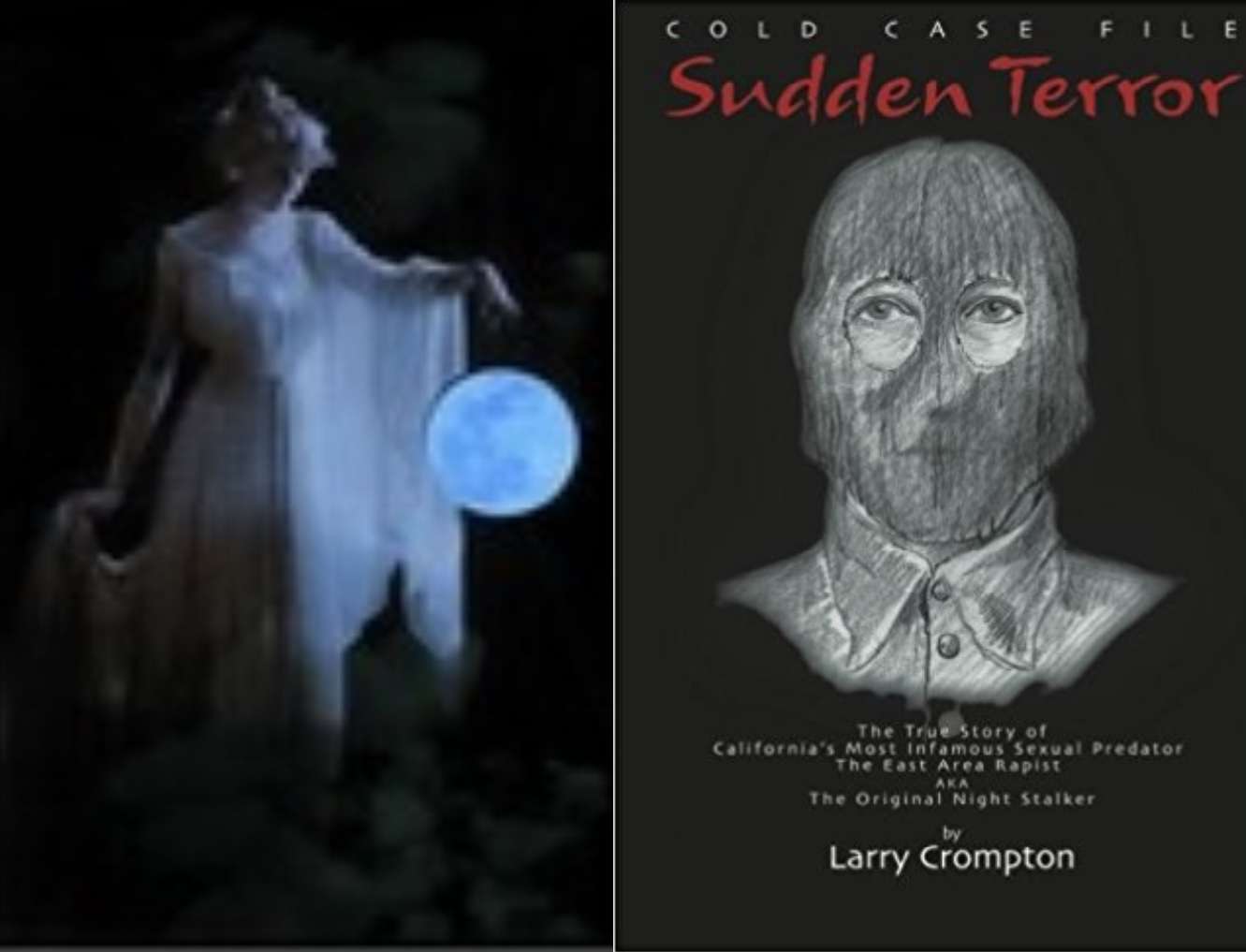Post by artemisia1 on Oct 1, 2014 6:57:46 GMT
What are some of the major differences between the mid-to-late 1970's and today that may have had (or have) an impact upon the EAR/ONS case?
I will throw out the first items, myself:
1. In 1978 most kids were allowed -- and expected -- to get themselves to places within a few miles of their home -- either by walking or, more commonly, via bicycle. Those alive at the time remember that most stores had rows of bike racks (often fully occupied with locked bicycles -- particularly on weekends). Compare that to now where parents are afraid to let their children wander far and soccer moms shuttle kids around far more than they did so then (to close places) and where you can see the odd bike here and there chained to a post at a strip mall, but that's about it. Bikes were absolutely ubiquitous then and that impacts upon the EAR investigation because bicyclists were so common that it would be hard to notice one unless he/she stopped and looked around in an obvious manner.
2. Sacramento was no longer rural but was not yet the fully urban area it is now. Empty fields abounded and many more kids were out and about playing in these fields, at parks, etc. To give an example, near one EAR victim's home (a stone's throw, iirc, from Foothill Junior High -- which I attended) there was a huge, football field sized pit called "the Bowl" filled with high grass, ditches, garbage, improvised ramps for BMX racers, etc. Somebody like EAR could have hid a bicycle in one of the corners and waited for nightfall and raced across the street when the time came for his attack. He would have mere seconds where he could be observed from houses on the street or any passersby. And by way of egress, across the way on Hillsdale Blvd. there were many unoccupied areas and fields where he could speed away on bike to where a car would have been parked. An athletic young man could be on and away on Interstate-80 in mere minutes.
3. Information technology was largely non-existent as it was so primitive. No quick "google" searches, no cell phones, etc. Connections that take us seconds to make could take weeks then or even be impossible in that era.
4. News stories were less likely to go viral then. No way could any jurisdictions have stone-walled such a case today -- public attention (and awareness) would be too great. Also, CODIS didn't exist.
Thoughts? Additions?
On Edit: the "Bowl" at FJHS is now a filled-in stadium.
I will throw out the first items, myself:
1. In 1978 most kids were allowed -- and expected -- to get themselves to places within a few miles of their home -- either by walking or, more commonly, via bicycle. Those alive at the time remember that most stores had rows of bike racks (often fully occupied with locked bicycles -- particularly on weekends). Compare that to now where parents are afraid to let their children wander far and soccer moms shuttle kids around far more than they did so then (to close places) and where you can see the odd bike here and there chained to a post at a strip mall, but that's about it. Bikes were absolutely ubiquitous then and that impacts upon the EAR investigation because bicyclists were so common that it would be hard to notice one unless he/she stopped and looked around in an obvious manner.
2. Sacramento was no longer rural but was not yet the fully urban area it is now. Empty fields abounded and many more kids were out and about playing in these fields, at parks, etc. To give an example, near one EAR victim's home (a stone's throw, iirc, from Foothill Junior High -- which I attended) there was a huge, football field sized pit called "the Bowl" filled with high grass, ditches, garbage, improvised ramps for BMX racers, etc. Somebody like EAR could have hid a bicycle in one of the corners and waited for nightfall and raced across the street when the time came for his attack. He would have mere seconds where he could be observed from houses on the street or any passersby. And by way of egress, across the way on Hillsdale Blvd. there were many unoccupied areas and fields where he could speed away on bike to where a car would have been parked. An athletic young man could be on and away on Interstate-80 in mere minutes.
3. Information technology was largely non-existent as it was so primitive. No quick "google" searches, no cell phones, etc. Connections that take us seconds to make could take weeks then or even be impossible in that era.
4. News stories were less likely to go viral then. No way could any jurisdictions have stone-walled such a case today -- public attention (and awareness) would be too great. Also, CODIS didn't exist.
Thoughts? Additions?
On Edit: the "Bowl" at FJHS is now a filled-in stadium.








